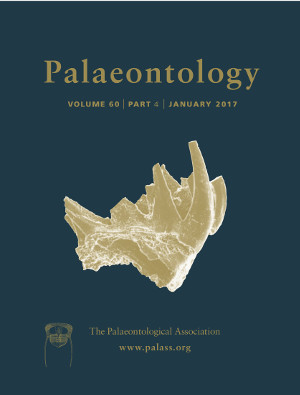Reg. Charity No. 1168330

All of our current understanding of fossil charcoal structure comes from observations of modern wood charcoal produced in furnaces. These charcoals consistently show cell wall homogenization after prolonged heating (>325°C) and this is therefore considered to be a key identifying feature of fossil charcoal. Yet furnaces are unable to replicate the full combustion processes that occur during a wildfire. Here, for the first time, we have studied the microscopic structural evolution of charcoal produced using calorimetry, wherein the wood is ignited under controlled conditions and the heat release rate and other parameters measured, and the resulting charcoal studied using reflected light microscopy. We show that homogenization of cell walls is actually only a short‐lived phase of charcoal formation that occurs during the early heating stages as the pyrolysis front traverses through the wood. Cell wall homogenization is then rapidly overprinted by the thinning, distortion and breakdown of cell walls, and a notable visual increase in reflectance. Our preliminary study therefore suggests that we need to first improve our understanding of charcoal formation in order to better understand the fossil record of wildfires.